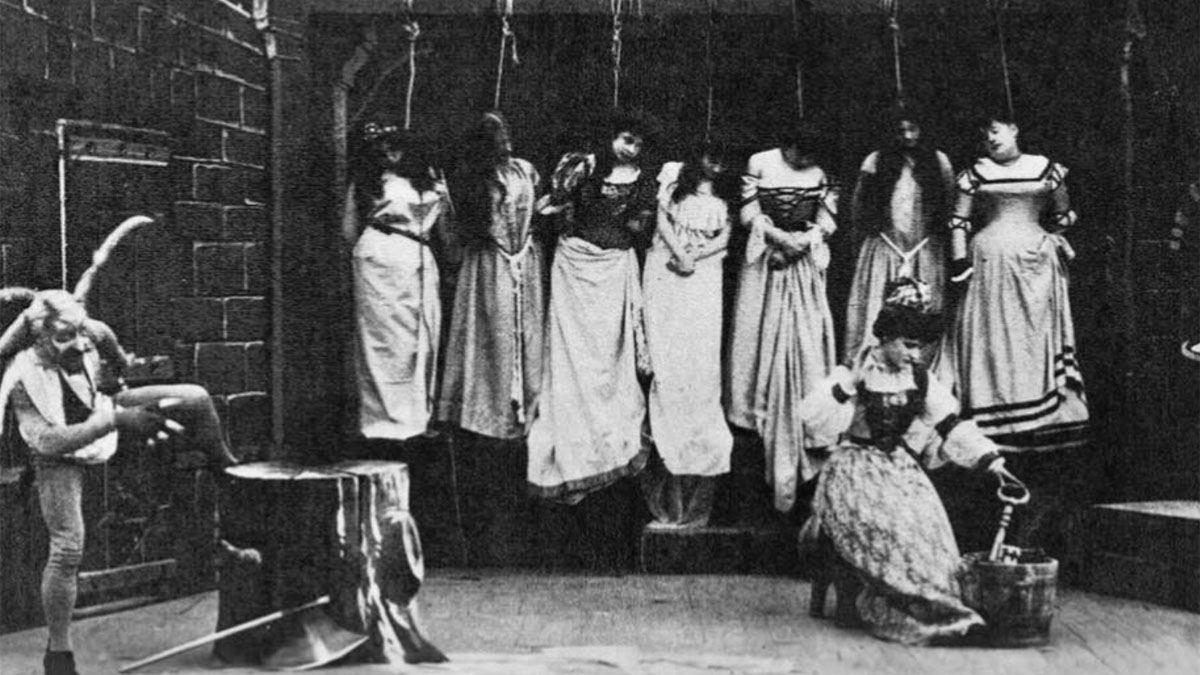
Blue Beard is a glutton. He likes food and female orifices, in that order, which doesn’t mean he doesn’t have a major thing for the latter in this early 1901 French-film dazzler by Georges Méliès. Problem is, Blue Beard is zaftig and not terrifically sexy, but he’s rich, so he tries to buy himself a wife. These women want nothing to do with him, but one of their fathers nonetheless succeeds in essentially selling off his kid (Jehanne d’Alcy), and to the home of Blue Beard she goes, making her initial entrance through our man’s humorously baronial kitchen, complete with shanks of meat and champagne bottles the size of people, for this is a good-time house… except maybe not.
For as it turns out, Blue Beard has been married seven times before, with those wives—as his new wife discovers—ending up dead and fastened to tenterhooks in a very grim room of the house indeed. Was there no quicklime available? Was this really the best the master of the house could do décor-wise? Those questions are left unanswered on account of wife number eight, who opts to ring the alarm bell rather than remain silent about her husband’s little vice. They say that a key to a successful romantic relationship is knowing when to pick your battles. You needn’t say everything you’re thinking, but sometimes you should just let it all out.
The 10-minute film is meant to be whimsical, with plenty of lavishly costumed courtiers and a devil (played by Méliès, who is also Blue Beard) on one proverbial shoulder and an angel on the other with differing forms of advice for the conflicted wife. What to do, what to do. Blue Beard himself has an attitude of, “Not everyone is meant to be your friend, but anyone can be your lover until you dispose of them,” and he is, at least, consistent, and consistency is key in relationships, to be fair.
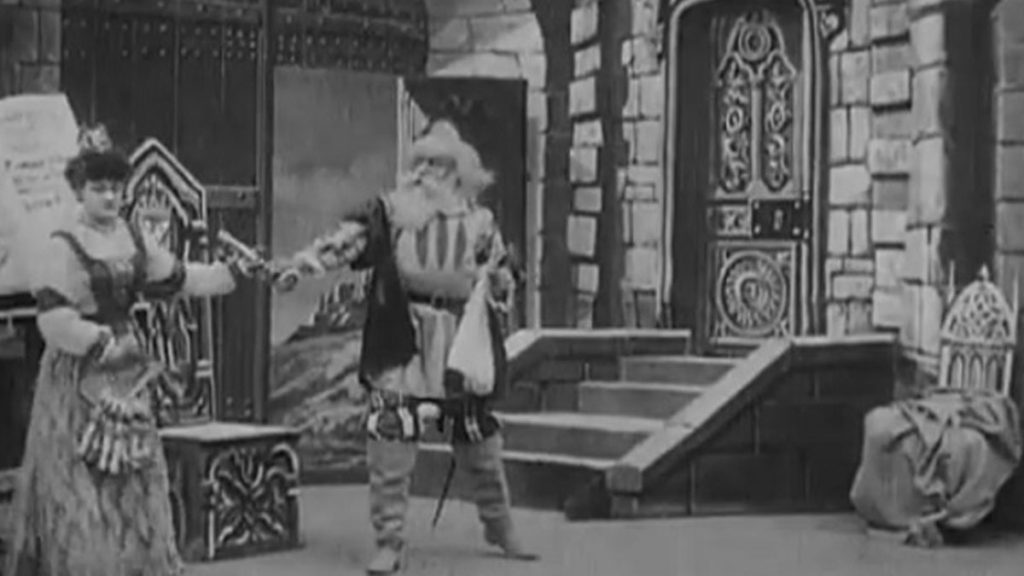
Despite the whimsy, this is a dark picture. We usually think that fare from so long ago must be much more benign than what we’re used to seeing now, but the person who says as much is someone who hasn’t seen many, if any, vintage works. The compositions of Blue Beard are crammed with detail. There’s virtually no negative space in any of these wide shots. An open castle door reveals another castle off in the distance, which causes us to wonder what the neighbors knew, or were they just caught up in their own fiefdom? An object as simple as a key comes as off distinctly priapic. When Blue Beard hands one to his blushing wife, he might as well be forking over a dildo for her to start working herself with posthaste.
The devil—who springs from a book that is oversized like everything else in the film—resembles a horrid cricket, but it isn’t until the ghosts of the departed seven wives—and a vision of assorted, thrusting dildo-keys—put in an appearance that this living wife is roused to blowing the whistle. (How curious that she takes a nap upon discovering the corpses, but there’s wisdom in not making big life decisions when you’re tired.)
Though Blue Beard is one of our earliest silent films, it reminds us how important it can be to scream, or otherwise, you might end up screwed, and not in the manner Blue Beard himself prefers. The latter is festooned to a wall by a heroic rescuer, which causes the Satan-bug to hop to it again as if to intercede and un-pry the rotund fella, but alas, what’s done is done. Let’s hope that the young lady’s father makes a better choice the next time he tries to sell off his daughter. 🩸
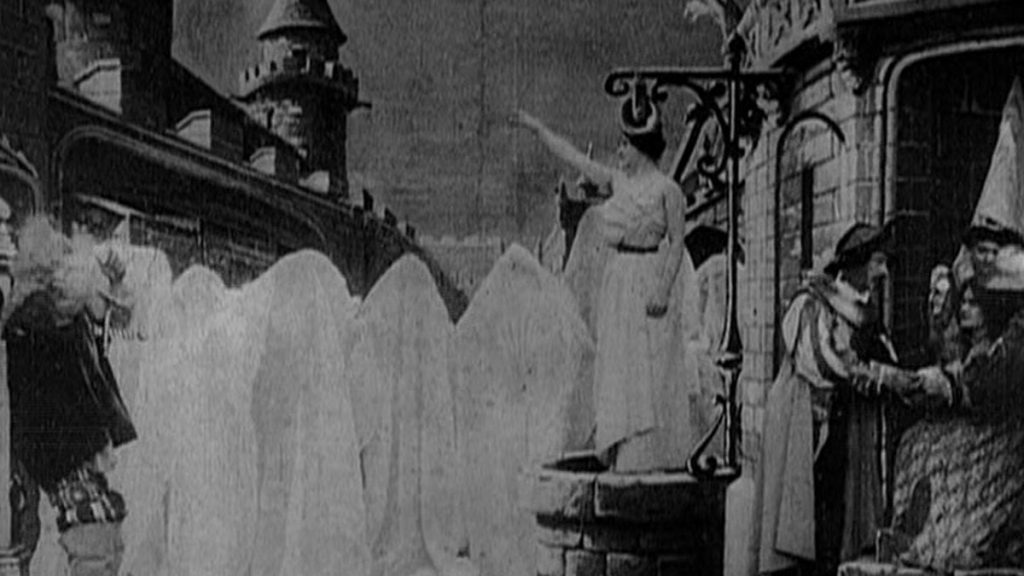
is the author of eight books, including the story collection, If You [ ]: Fabula, Fantasy, F**kery, Hope, a 33 1/3 volume on Sam Cooke’s Live at the Harlem Square Club, 1963, Meatheads Say the Realest Things: A Satirical (Short) Novel of the Last Bro, and a book about 1951’s Scrooge as the ultimate horror film. His work has appeared in Harper’s, The Atlantic, Rolling Stone, The New York Times, Vanity Fair, The Daily Beast, Cineaste, Film Comment, Sight and Sound, JazzTimes, The New Yorker, The Guardian, and many other venues. He’s completing a book called And the Skin Was Gone: Essays on Works of Horror Art. His website is colinfleminglit.com, where he maintains the Many Moments More journal, which, at 2.7 million words and counting as of autumn 2023, is the longest sustained work of literature in history.
If ever a film’s reputation preceded it, Victor Sjöström’s The Phantom Carriage is that film. On more than one occasion, Charlie Chaplin called it the best motion picture ever made...
BY STEVEN MEARS | October 18, 2024
There is a particular allure to the silent horror movie—the sense that, as a viewer, you haven’t merely stumbled upon something but perhaps you’ve unearthed it.
BY MICHAEL KORESKY | November 30, 2023
Unfairly remembered more for his staggering innovations with makeup than for his equally staggering dramatic skills, Lon Chaney is the absent father of horror cinema.
BY STEVEN MEARS | July 15, 2022
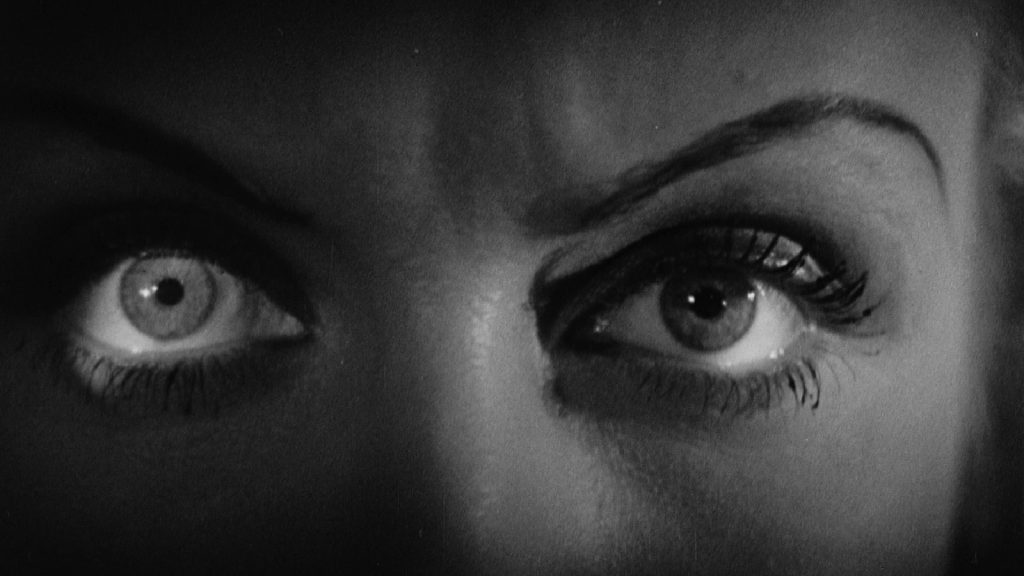
This pre-Code offering packs a lot of story into its typically brisk running time, with several plot threads weaving together a (not always successful) tapestry of spooky and criminal doings.
READ MORE >
BY ANN OLSSON | Month 00, 2021
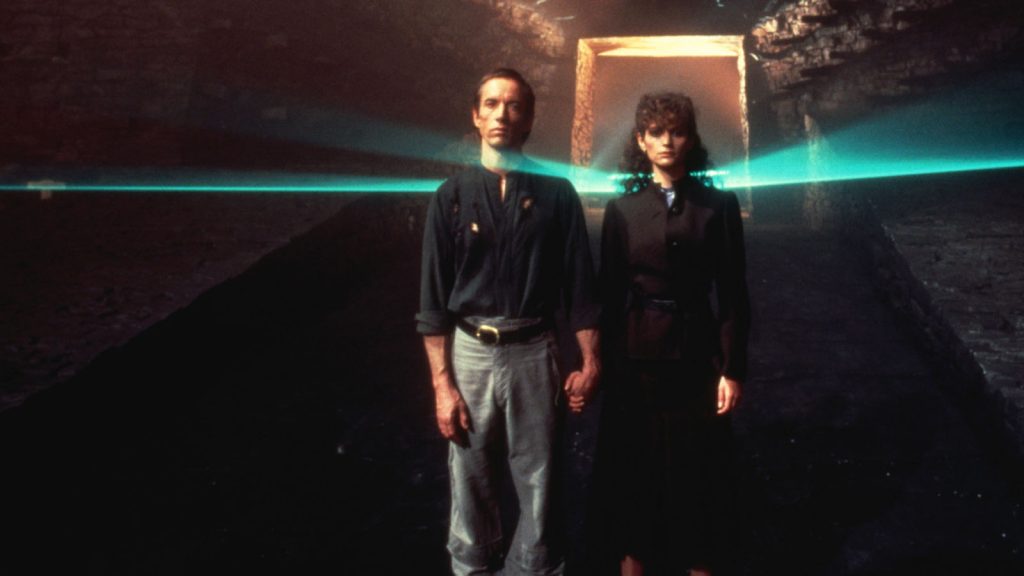
In what could be the fastest-resulting rape revenge movie, a drunken lout brutally forces himself on Ida, the young woman who doesn't return his affections, during a party over Labor Day.
READ MORE >
BY LAURA KERN | Month 00, 2021
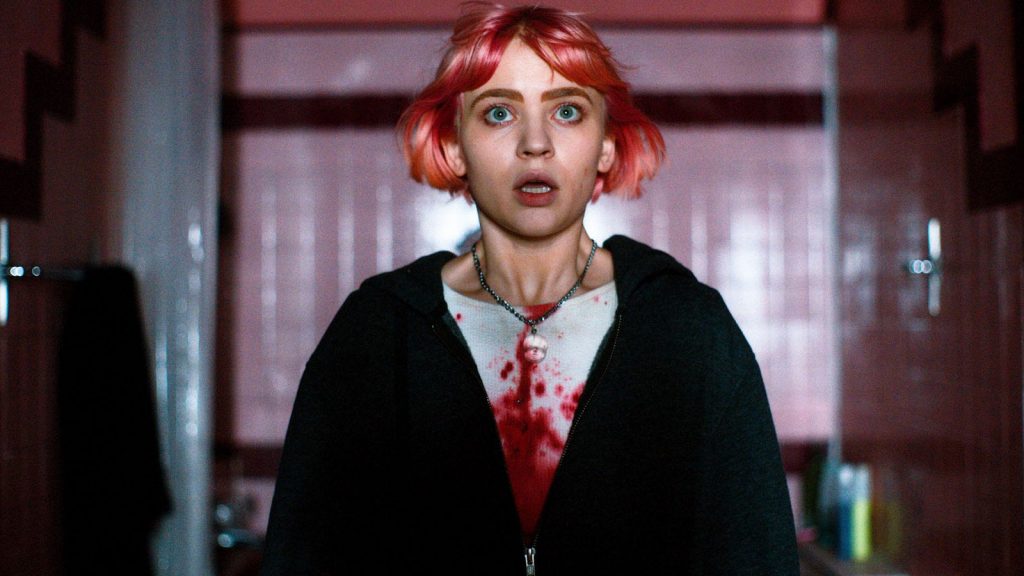
Beast is a lot of movies in one package - fractured fairy tale, belated-coming-of-age story, psychological drama, regional horror film - but above all it's a calling card for its leading lady, Jessie Buckley.
READ MORE >
BY LAURA KERN | Month 00, 2021